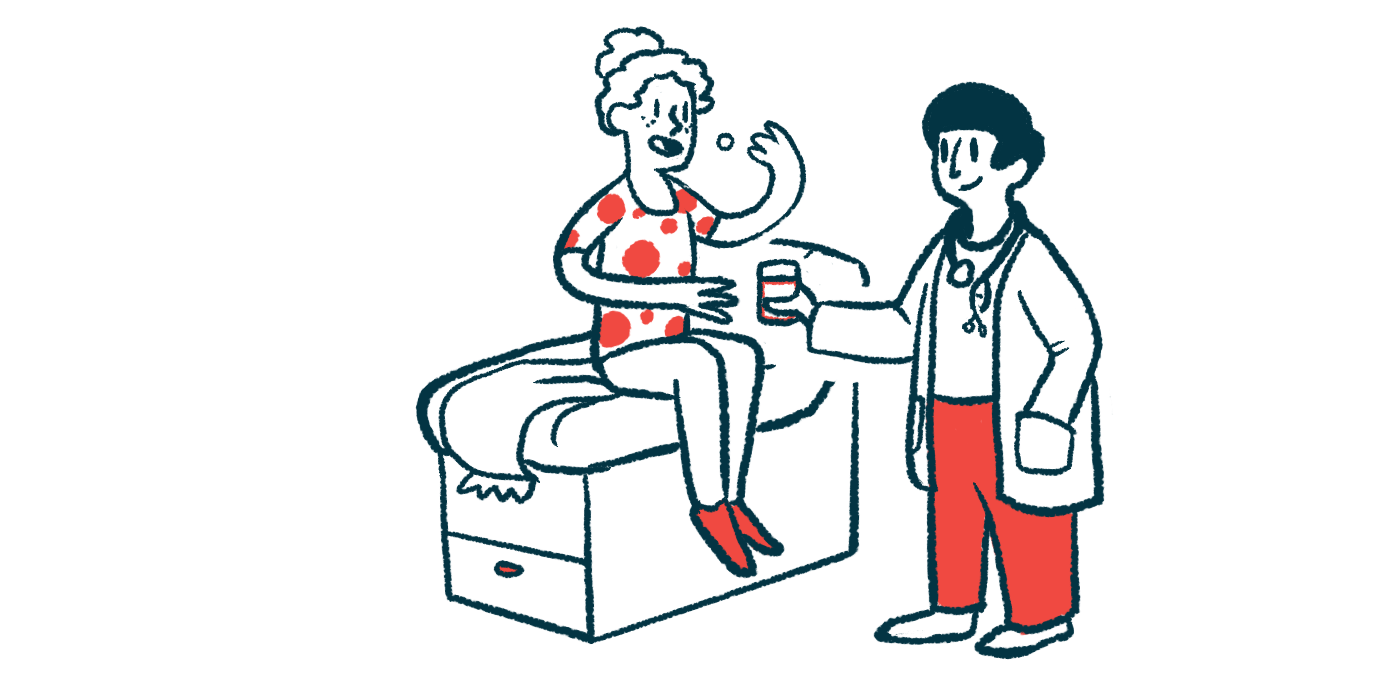PH diagnosis raises ILD patients’ healthcare costs, burden: Study
Researchers urge timely diagnosis, treatment to mitigate expenses

People with interstitial lung disease face higher healthcare resource utilization (HCRU) and increased medical costs if they are also diagnosed with pulmonary hypertension (PH-ILD), according to a U.S. study.
Factors associated with increased burden and costs include a significantly higher need for inpatient care, longer hospitalizations, as well as higher medication costs.
“Timely identification, management, and treatment are needed to mitigate the clinical and economic consequences of PH-ILD development and progression,” the researchers wrote.
The study, “Burden of illness in patients with pulmonary hypertension due to interstitial lung disease: a real-world analysis,” was published in BMC Pulmonary Medicine.
PH is characterized by high blood pressure in the pulmonary arteries, the blood vessels that transport blood through the lungs. It is classified in five groups, one of which (group 3) is caused by underlying lung diseases and/or shortage of oxygen, including ILD.
Quantifying PH-ILD’s added burden
PH-ILD is associated with impaired gas exchange, shortness of breath, and increased need for oxygen supplementation. It reduces a person’s ability to exercise, functional capacity, and quality of life. PH-ILD has high rates of respiratory failure and death, particularly when it is associated with progressive fibrosis (thickening and scarring) in the lungs.
“However, to date, only one US study … has quantified treatment patterns, HCRU, and healthcare-related costs for patients with Group 3 PH (including patients with PH-ILD),” the researchers wrote.
They assessed U.S. medical claims to learn more about treatment patterns, HCRU, and healthcare costs before and after PH diagnosis in people with ILD. A total of 122 patients with PH-ILD, with a mean age of 63.7, were covered in the analysis. Most (64.8%) were women.
Most patients had commercial health insurance, and almost one-third lived in the South. The most common coexistent disorders were chronic lung disease (94.3%), diabetes (36.1%), and rheumatic diseases, or those caused by joint inflammation (34.4%).
The most commonly prescribed drug classes were corticosteroids, calcium channel blockers, and oxygen supplementation, both before and after PH was diagnosed. Medications specific for pulmonary arterial hypertension were rarely used.
Results showed that the percentage of patients requiring hospitalization or needing intensive care increased significantly in the year after PH diagnosis. Hospitalizations rose to 59% after diagnosis from 29.5% before, and intensive care unit use rose to 17.2% from 6.6%. The mean length of hospital stay also rose, to 7.5 days from 5.4 days, as did the mean length of time in intensive care (7 days vs. 3.8 days).
Nearly all patients had outpatient visits, but the mean number increased in the year following diagnosis, to 32.9 from 24.5, as did the number of prescriptions (46.4 vs. 37.5). Outpatient costs rose to $25,604 from $16,150 — excluding visits to the emergency department, physician’s office, and laboratory appointments — and drug costs were also higher, rising to $13,153 post-diagnosis from $7,913 before.
Total healthcare costs also increased, rising to a mean of $108,387 from $43,201, primarily driven by increased in-patient care costs. Hospitalization costs, including costs associated with intensive care, rose to $63,218 from $13,133.
“These data support prior research showing high costs and healthcare burden associated with these conditions, and suggest that the additive diagnosis of PH to ILD substantially increases existing health utilization and cost burden,” the researchers wrote. “Regardless of its [cause], PH is a costly and complex disease,” they said, adding that “patients with ILD appear to experience a uniquely high medical and healthcare cost burden after diagnosis of pulmonary hypertension.”








